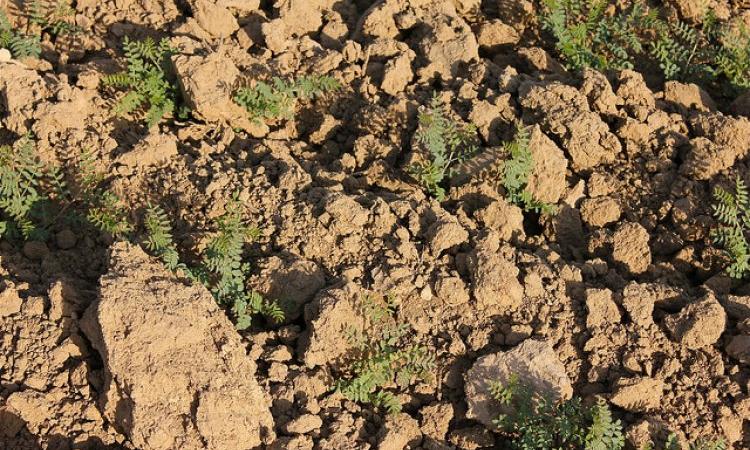
India gets its first soil moisture map developed using hydrological model
In a joint exercise by IIT Gandhinagar and the India Meteorological Department (IMD), a country-wide soil moisture forecast has been developed at seven and 30-day lead times. The product, termed as ‘Experimental Forecasts Land Surface Products’, is available on the IMD website and has been developed using the hydrological model. The forecasting of soil moisture is significant for the rabi season as it directly affects crop growth. The forecast will also help in finding out how much irrigation is required for the area. The current forecast suggests deficit soil moisture conditions are likely in Gujarat, Bihar, Jharkhand, Tamil Nadu and southern Andhra Pradesh.
Heat island effect across India to intensify, warns IPCC report
The IPCC special report released on October 8 has warned that Kolkata will see increased heat waves in the near future, a pattern that would be replicated across the rest of India. The report has also highlighted that the urban heat island effects will intensify the impacts of heat waves in the cities even if global warming is restricted to below 2°C. Moreover, at more than 1.5°C, the number of megacities that will become heat stressed will get doubled, potentially exposing more than 350 million more people to deadly heat stress by 2050.
Government gears up its effort for uranium contamination in groundwater
Following the emergence of scientific reports on uranium contamination in groundwater in recent months, the Bhabha Atomic Research Centre (BARC) has revived its largest testing drive for uranium contamination. The BARC, along with its key partner, the Central Ground Water Board (CGWB), plans to check 0.12 million groundwater samples and targets to finish the drive by 2019. Although the government has denied any health repercussions from uranium contamination in water, the scientific studies suggest its link to cancer.
India and Bhutan join hands for Manas river management
India and Bhutan have joined hands to take up an integrated river basin management plan for the Manas river which flows between southern Bhutan and Assam. The project, worth $8.9 million, has been initiated by the World Wide Fund (WWF) and aims to eradicate the risks of floods in both the countries and compensate the loss to livelihood, food security, life, property, and infrastructure in Eastern Himalayan regions, especially Assam. At present, both countries have taken up discussions regarding the project with various stakeholders at national and local levels.
Tehri dam becomes a cause of worry for nearby villages
The Tehri dam in Uttarakhand is posing a threat to nearly 17 villages situated alongside its periphery. As alleged by the locals, cracks have been developed in the houses with an increase in the water level in the Tehri lake. Although villagers have taken up protests and demonstrations in this regard, the government, the administration, and the THDC (Tehri Hydro Power Complex) have turned a blind eye to the issue.
This is a roundup of important news published between October 2 - 9, 2018. Also read policy matters this week.